Kyiv — In the early hours of October 25 2025, the Ukrainian capital once again came under heavy attack as Russian forces launched a coordinated barrage of ballistic missiles and drones. The strike targeted multiple districts of Kyiv, resulting in at least two civilian fatalities and a dozen more injuries, according to city officials.
What Happened
The assault began just before 4 a.m. local time. Explosions were heard across the capital, especially on the city’s left bank of the Dnipro River, as multiple fires broke out in non-residential and industrial buildings. A large warehouse in the Darnytskyi district caught fire, and a crater was reported in the yard of a residential building in the Dniprovskyi district. One kindergarten in that area sustained damage as debris and blast wave impacted the building. Local officials described the attacks not as targeted at military installations, but rather at civilian and infrastructure sites.
Ukraine’s Air Force reported that the Russian side launched nine Iskander-M ballistic missiles from the Rostov and Kursk regions, as well as 62 attack and decoy drones. Of these, four missiles and roughly 50 drones were intercepted; yet the strikes still managed to hit buildings, vehicles, and residential infrastructure. Ukrainian officials described the event as “pure terror” directed at civilians and infrastructure.
Human and Infrastructure Impact
The Kyiv city military administration confirmed that two people were killed, the second of whom died after being wounded and transported to hospital. Twelve others were injured. Fires were reported in multiple locations; firefighters and robotic units were dispatched to extinguish blazes, some of which were localised and contained. Damage to windows, vehicles and outer façades of apartment buildings was confirmed in several districts.
Regional officials also reported that across Ukraine the attack wave affected other provinces, hitting apartment blocks, private homes and energy‐grid installations. The emphasis on energy and civilian infrastructure raised significant alarm. With winter approaching, officials warned that deliberate attacks on power and heating systems could deepen a humanitarian crisis.
Ukrainian Government Response
Ukraine’s Prime Minister condemned the strikes, asserting that the attacks aim to provoke a “humanitarian catastrophe” by targeting civilian life and infrastructure ahead of the heating season. The President emphasised that defending cities like Kyiv depends on more advanced air-defence systems, pointing to the necessity of the U.S.-made Patriot systems and other Western equipment.
Local authorities urged residents in vulnerable districts to stay alert, keep supplied with emergency essentials, and monitor official local communications for further warnings. Evacuations of the most damaged sites were initiated, but officials stressed that the city’s emergency services remain under significant strain.
Broader Context and Strategic Implications
Observers note that this attack fits a pattern: as the war drags on into its fourth winter, Russian forces appear increasingly focused on degrading Ukraine’s energy and civilian infrastructure rather than purely engaging front-line military targets. The slow movement of supplies and repairing damaged utilities complicate relief efforts and may force trade-offs in the Ukrainian defence posture.
Furthermore, the psychological impact of successive strikes on major cities is substantial. Kyiv, long accustomed to periodic air raids, is experiencing an increased tempo of missile and drone strikes — signaling a shift in Russian tactics toward sustained pressure rather than short bursts.
On the diplomatic front, the Ukrainian government’s renewed appeals for Western assistance are intensifying. The government is pressing for immediate delivery of advanced air-defence systems, long-range precision weapons, and strengthened sanctions on Russia’s war economy. These requests are now being framed not only as military necessities but as civilian protection imperatives.
What Happens Next
In the coming days, Ukrainian authorities will focus on restoring power to disrupted areas, assessing and repairing damaged buildings, and determining whether any children or vulnerable civilians were among the casualties. Emergency services will remain on high alert for follow-up strikes.
Meanwhile, risk remains high for further attacks, especially given the coming winter season and Russia’s known strategy of targeting Ukraine’s heating and energy supply lines. Western governments and NATO partners are expected to review Ukraine’s requests and may accelerate aid decisions in light of increased civilian risk.
For residents of Kyiv and Ukraine at large, the message is clear: the war is not confined to front-line trenches. The home front is under fire, and readiness and resilience will be critical in the months ahead.

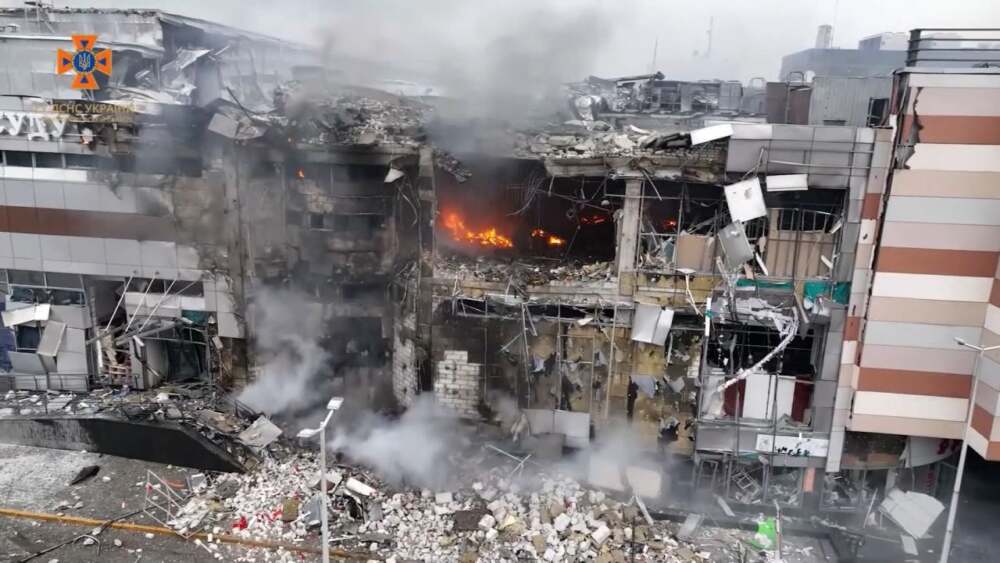
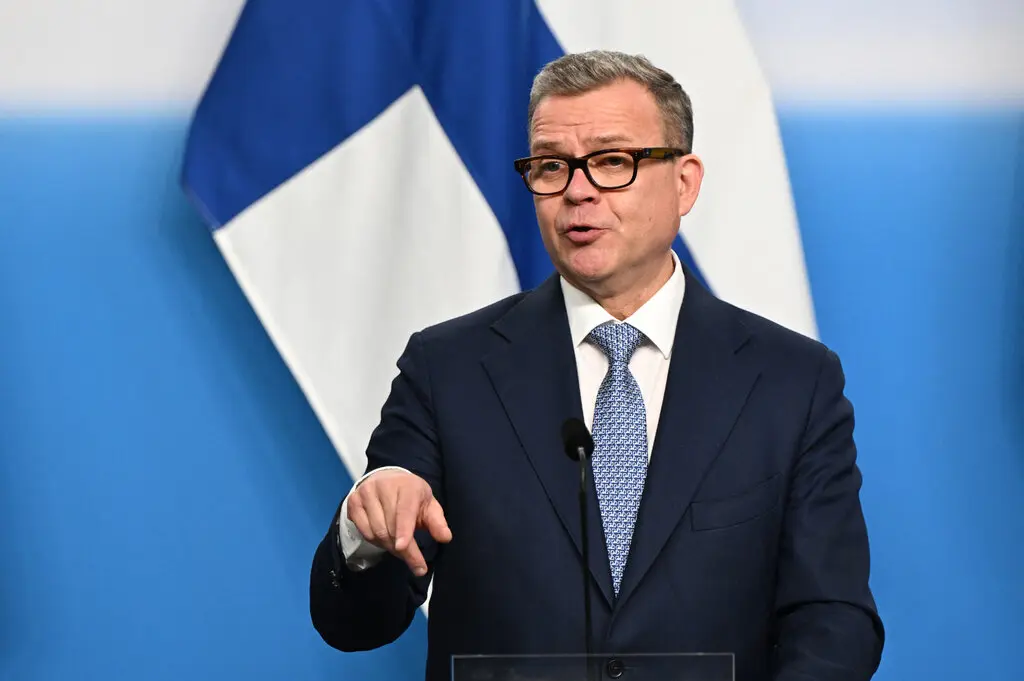
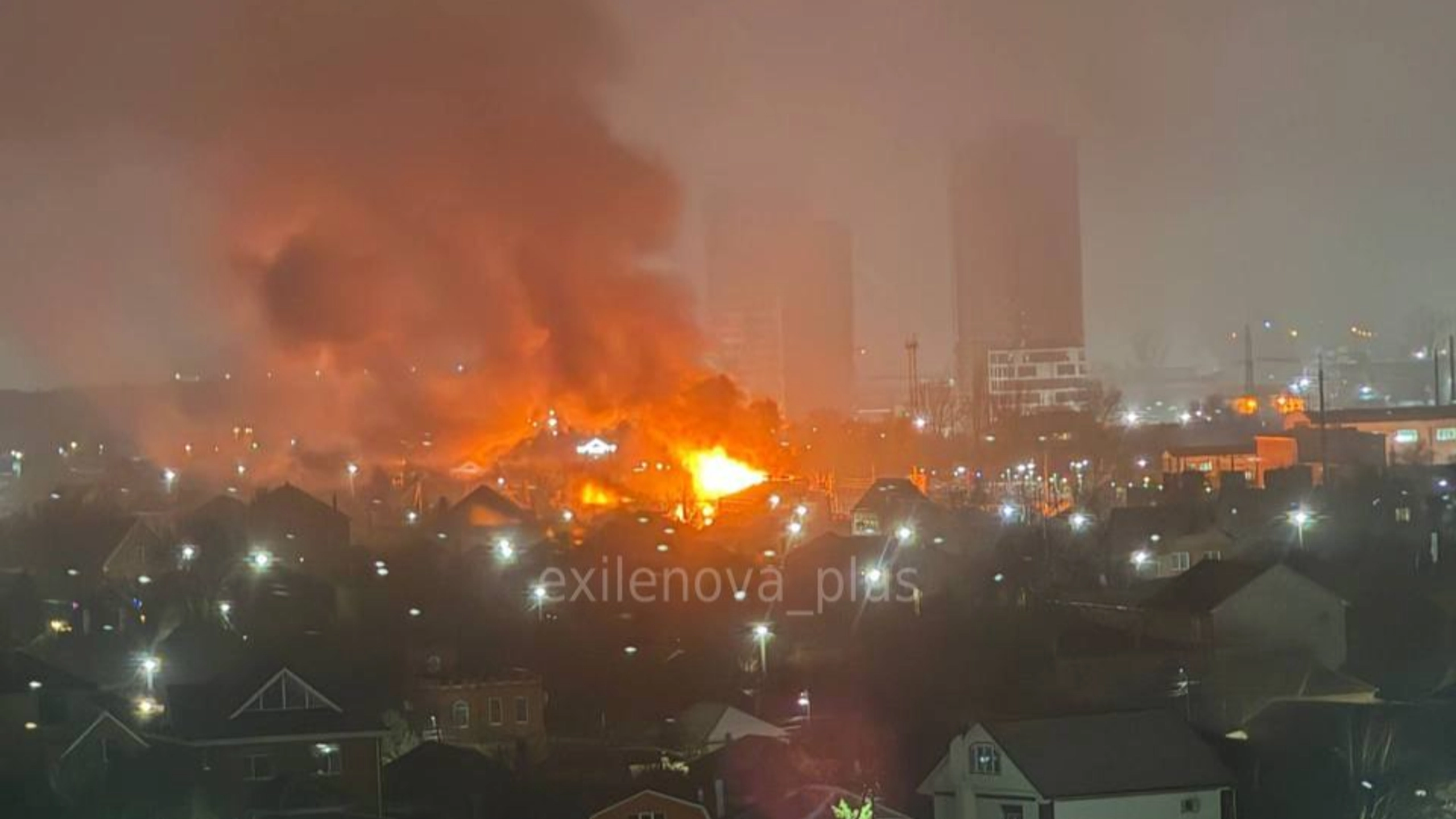
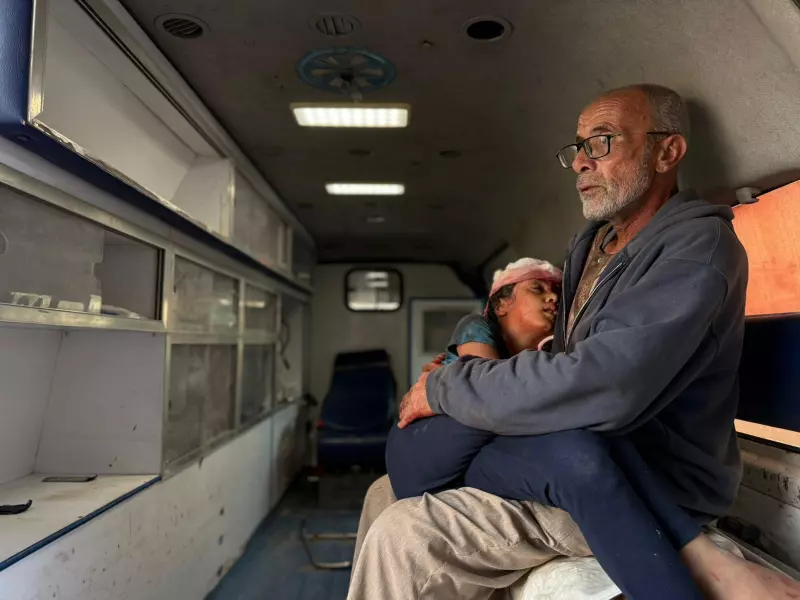

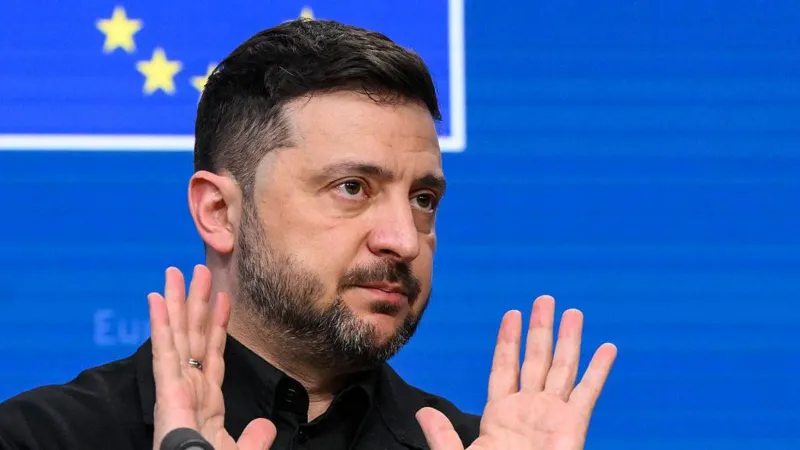
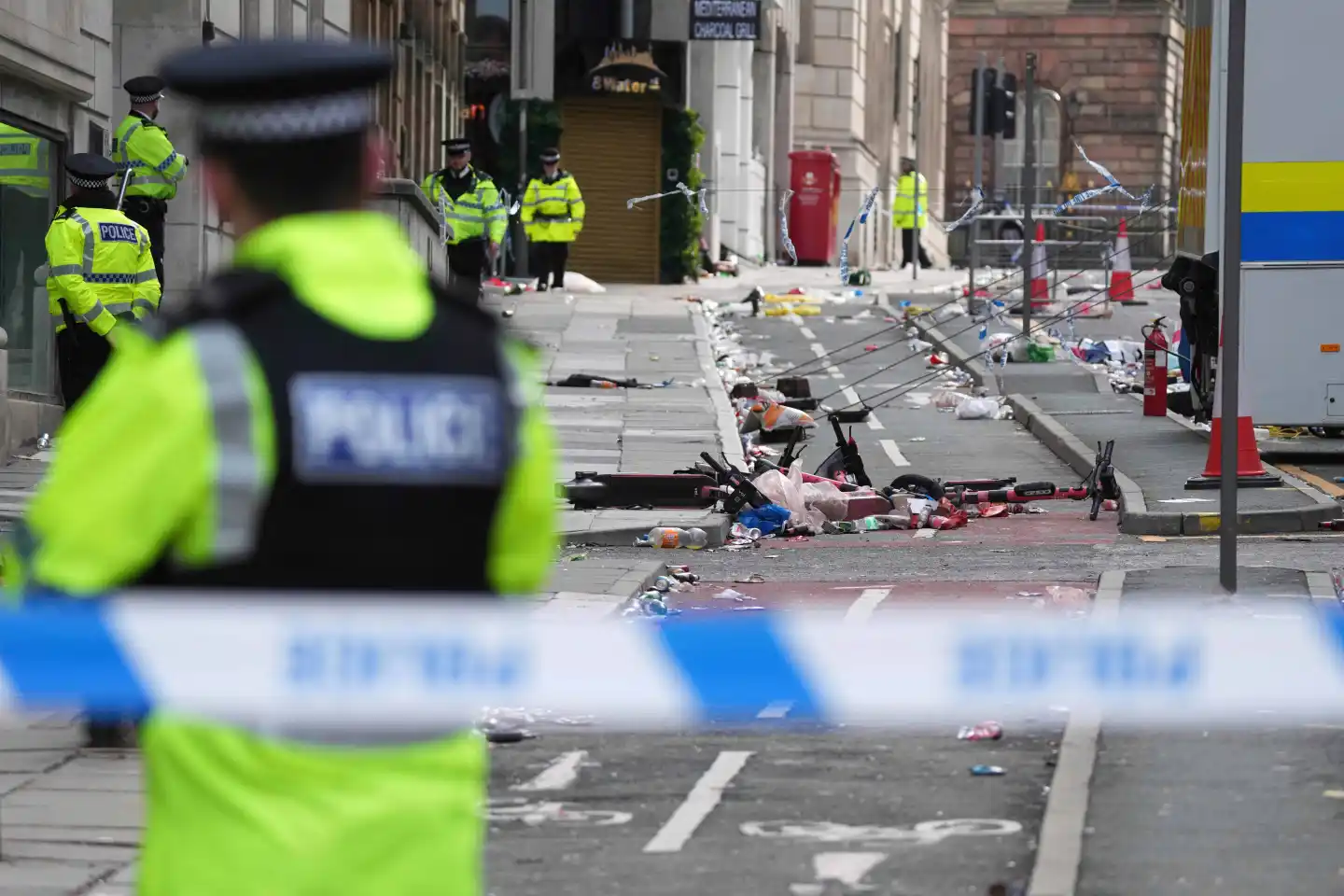
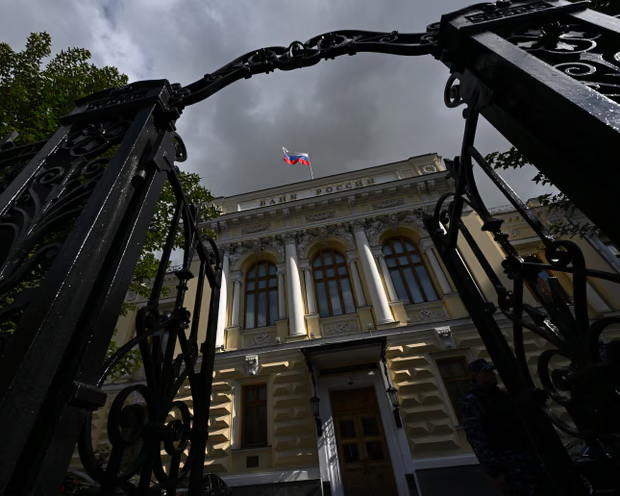

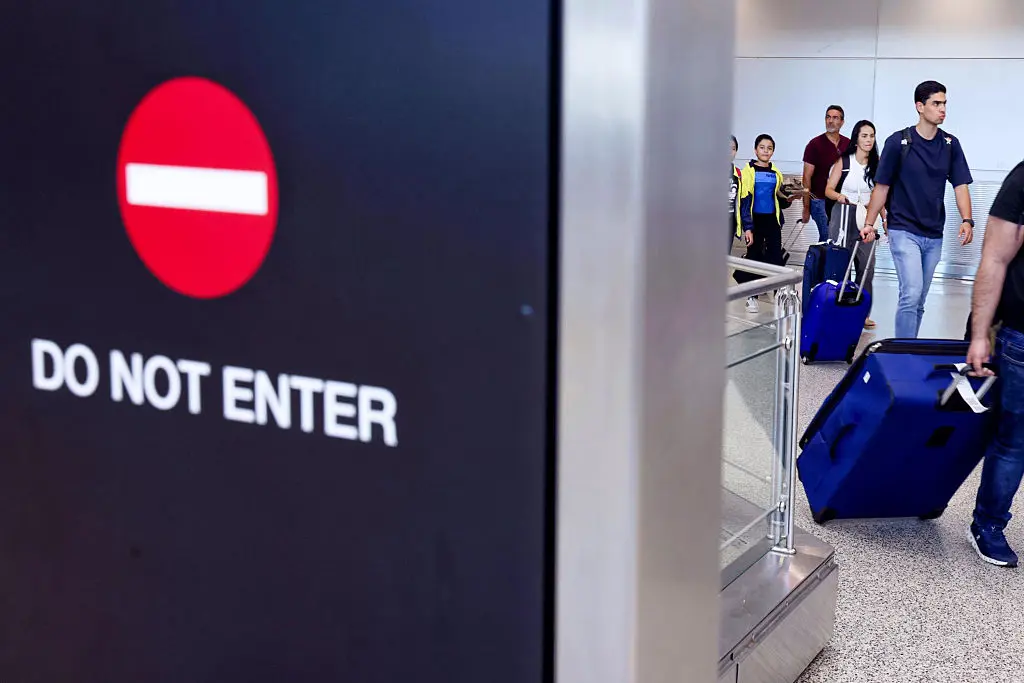

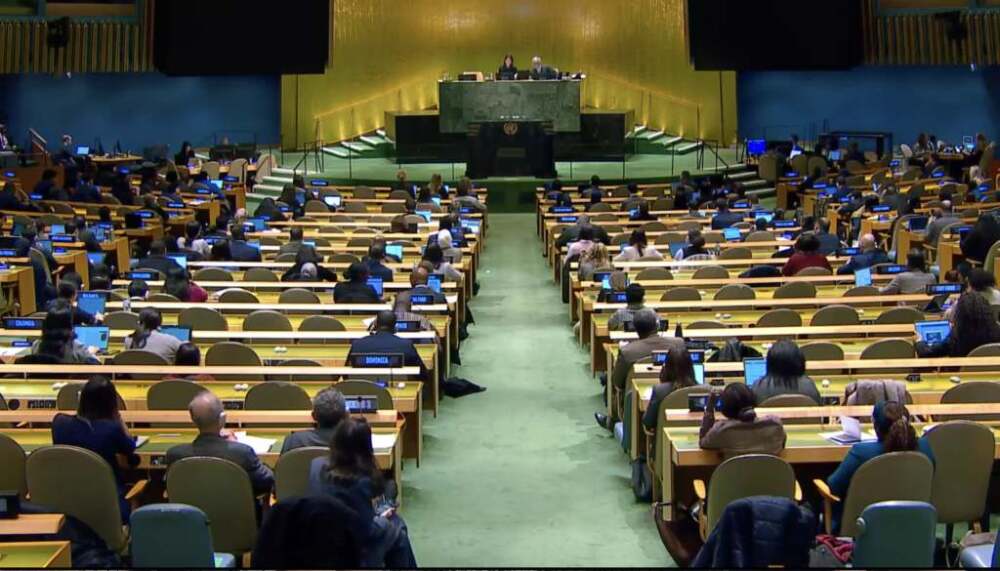



Leave a Reply